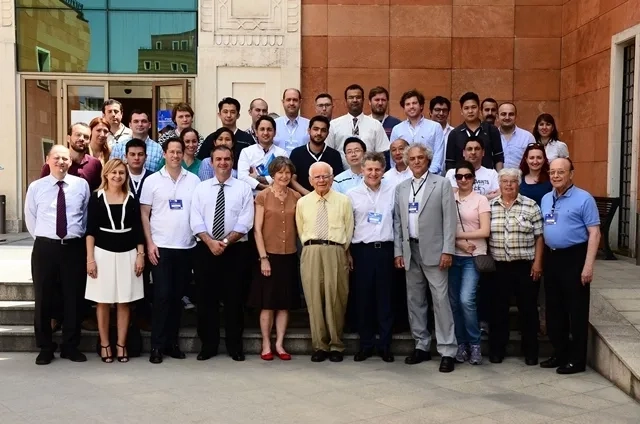Alo Yeditepe
6th Istanbul Microneurosurgery Course

Yeditepe University Hospital's Department of Neurosurgery organized the 6th "Istanbul Microneurosurgery Course" this year, held between June 10 and 19. Throughout the course, Prof. Dr. Gazi Yaşargil shared his experiences with brain surgeons from many countries around the world.
The course where the "Brain Surgeon of the Century," Prof. Dr. Gazi Yaşargil, who is the first name that comes to mind worldwide when it comes to brain surgery, shared his experiences, took place under the directorship of Prof. Dr. Uğur Türe, the Head of the Department of Neurosurgery at Yeditepe University Hospital. The course, which saw the participation of brain surgeons from all around the world and instructors specially invited, had registrations filled months in advance.
Physicians coming to Turkey for this course from many countries, ranging from the United States to Japan, had the opportunity to benefit from the experiences of the founder of microneurosurgery, Prof. Dr. Gazi Yaşargil, who, along with Prof. Dr. Uğur Türe, works on scientific projects and continues medical practice at Yeditepe University Hospital, meeting with patients.
Special Preparation for Three-Dimensional Live Surgery Broadcast at Yeditepe University Hospital!
Surgeries performed by Prof. Dr. Uğur Türe, utilizing his developed techniques in operations such as epilepsy and tumor surgery, were followed in three dimensions through a live broadcast by attending brain surgeons. Prof. Dr. Gazi Yaşargil also followed the live broadcasts of the surgeries on the screen alongside the participants. The new techniques developed by Prof. Dr. Uğur Türe offer hope for many patients with suitable surgical treatment for epilepsy, brain tumors, and vascular disorders..
Prof. Dr. Uğur Türe, speaking about the course, stated:
I have been conducting courses on four continents for 15 years. However, a course organized in this manner is unique in the world. The course consists of three parts. The first part is basic microsurgery training, the second part is basic brain anatomy training, and the third part is live surgical demonstration. In the third part, participants can simultaneously watch three-dimensional broadcasts of both the operating room and the microscope and three-dimensional endoscope images used in surgery. Meanwhile, Prof. Yaşargil's comments on the surgery provide participants with a unique course experience.
